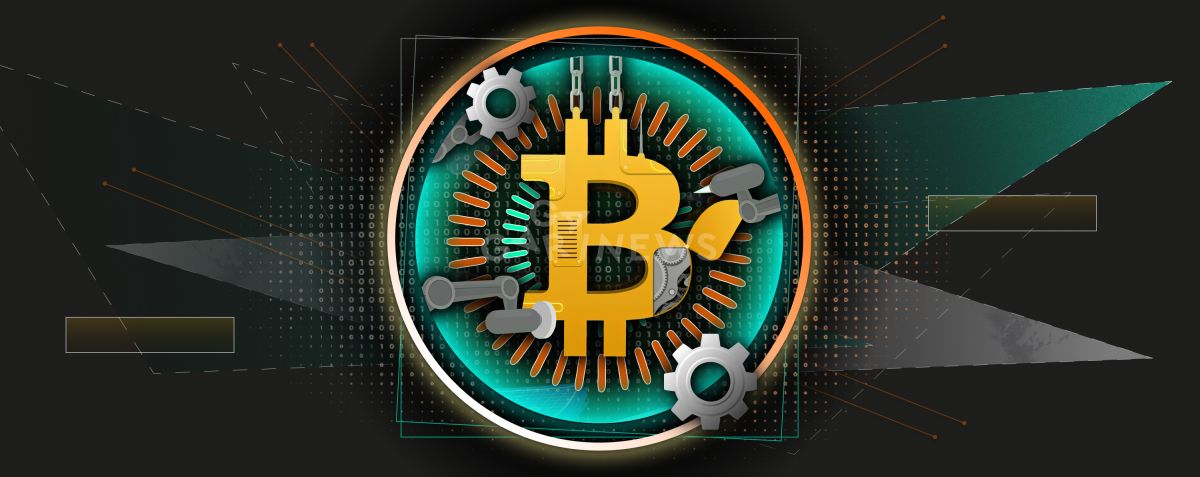What are BIPs and how do they work?

From the initial development to the activation itself, every update to the Bitcoin network takes a lot of time. This time is necessary to make sure that the update will not disrupt the network and will not pose a threat to it.
On this page
Since Bitcoin does not have a centralized form of governance, Bitcoin Improvement Proposals are used to discuss and approve network updates.
Despite existing for more than ten years, Bitcoin’s code hasn’t changed that much. The community is very careful about any updates and prioritizes security.
But from time to time there are changes in how Bitcoin operates. Sometimes they are minor updates that are not even covered in the media. And sometimes they are huge, like a Taproot upgrade, which took about three years to implement.
These changes have one thing in common: they all start with a Bitcoin Improvement Proposal.
What is a BIP?
The Bitcoin Improvement Proposal (BIP) is the first step in the procedure to change the Bitcoin code.
Thanks to the BIP, the community can discuss ideas, propose technical changes, and, eventually, vote for or against these proposals. Everyone can see the proposals and the discussions on GitHub.
Any user of the Bitcoin network can submit a BIP. However, before creating an official proposal, it is recommended to voice your idea on specialized forums and check the community’s reaction to it.
How is a BIP accepted?
The author of a proposal submits it to a BIP editor, who reviews the document, edits the language and format according to standards, checks the technical feasibility of the update, and prepares it for a vote. The editor may require changes or reject the proposal during the review phase. If the editor approves the BIP, it gets a serial number (for example, BIP 117), and the author gets the opportunity to present it to a crypto community.
The current BIP editor is developer Luke Dashjr.
After that, the upgrade is merged into the Bitcoin code, but this does not mean its activation. The Taproot upgrade was integrated in mid-2020 but activated only in November 2021. Many BIPs that were integrated into the code were never accepted and activated.
The proposal can wait for activation for several years. This happens only after all discussions are over, all edits have been made and consensus has been reached. The miners then vote for or against the changes. If more than 90% of nodes vote “Yes”, the update will be activated.
Mentionable BIPs
BIP 001 and BIP 002 were submitted in 2011. BIP 011 introduced the concept of “Bitcoin Improvement Proposal”, BIP 002 made changes to BIP 001 and replaced it with itself.
BIP 008 and BIP 009 introduced a soft fork activation procedure on the Bitcoin blockchain.
BIP 141 reorganized the method of storing data in blocks and introduced the unified SegWit format.
BIP 340, BIP 341, and BIP 342 are proposals that resulted in the Taproot upgrade. This upgrade increased the scalability and security of the network and provided Bitcoin developers with an enhanced tool for working with the blockchain.
The content on The Coinomist is for informational purposes only and should not be interpreted as financial advice. While we strive to provide accurate and up-to-date information, we do not guarantee the accuracy, completeness, or reliability of any content. Neither we accept liability for any errors or omissions in the information provided or for any financial losses incurred as a result of relying on this information. Actions based on this content are at your own risk. Always do your own research and consult a professional. See our Terms, Privacy Policy, and Disclaimers for more details.


























